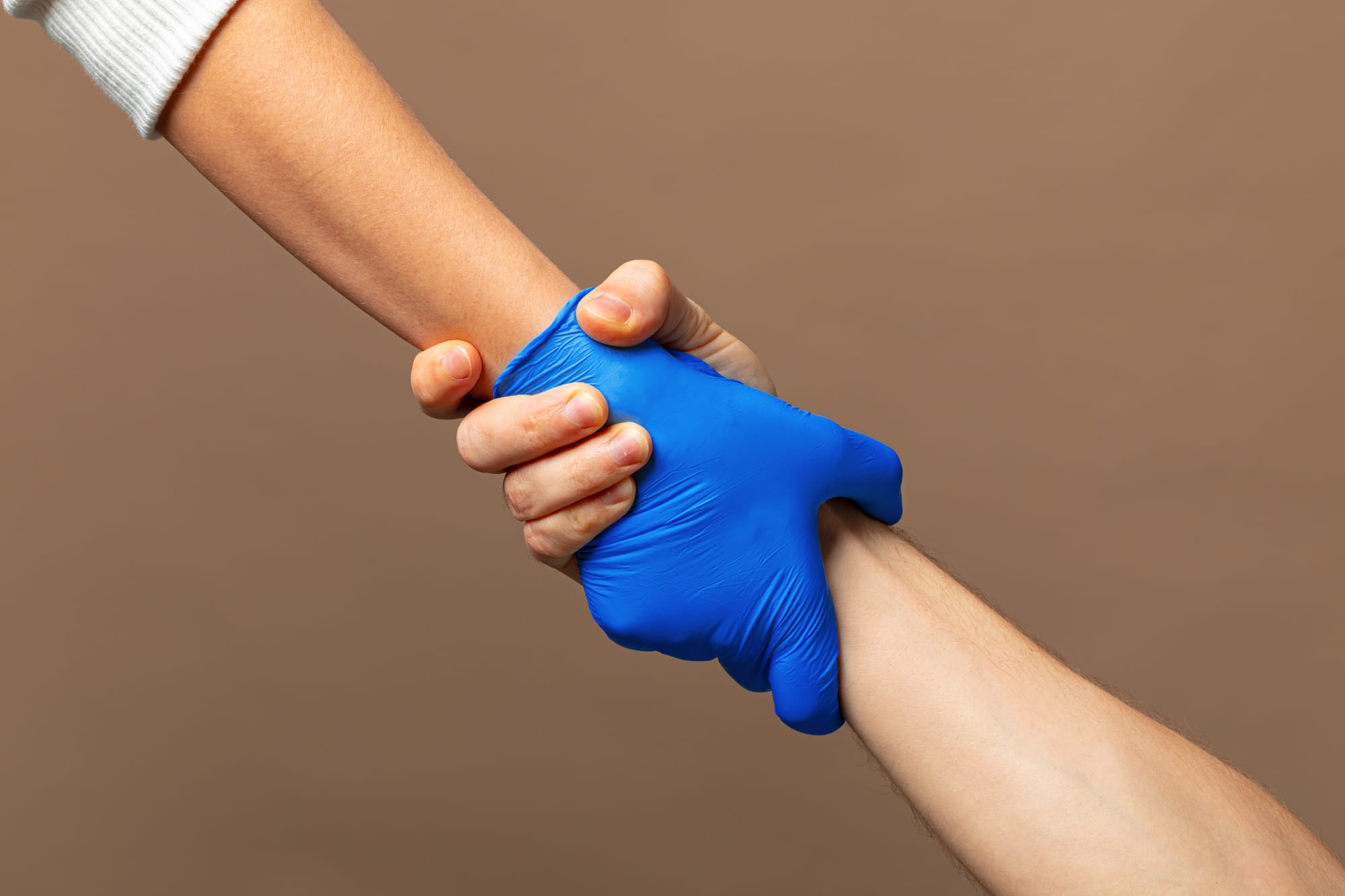"Like the old saying goes, 'A rising tide lifts all boats'—in the world of health, gene therapy shines as a bright light of hope. Beyond treating illnesses, it's about possibly curing them right from their genetic roots.
However, this exciting possibility remains out of reach for many, particularly for people in poorer countries who are still waiting for this wave of medical innovation to reach them.
When we ask how easy it is to get gene therapy and the common question “where can I get gene therapy?” we're touching on bigger problems than just figuring out logistics. These questions unveil the deep divides and challenges in getting equal healthcare access across the world.
The Challenge of Accessibility
Even though gene therapy has the power to cure diseases like sickle cell, which affects millions globally, not everyone can get these treatments. The price tag can soar to $2 million for just one treatment — which makes it something only a few can afford.
This huge cost difference creates a clear divide: on one side are those who can pay for these life-changing treatments, and on the other, those who are left out.
This gap isn't just about personal wealth, but about the bigger picture—how accessible is gene therapy when the high costs to make and develop these therapies, plus the pricey materials and technology needed, make them so expensive?
Bridging the Gap: Collaborative Efforts

Right now, there's a big push to get gene therapy to more people by having public and private groups work together.
They're trying to make these treatments less expensive and easier to get to people, especially where it's hard because there aren't enough facilities.
A big part of the plan is to build places right where they're needed that can make these therapies (in a way that doesn't break the bank and is straightforward to use).
The Role of Infrastructure and Investment
One of the biggest challenges in bringing gene therapy to everyone is that many places just don't have the setup needed to give out these treatments the right way.
Putting money into local health services is really important. This isn't only about giving the treatments. It’s, rather, also about making sure there are enough trained doctors and nurses, that clinics have the right tools, and that people can get checked and looked after before and after they get treated.
Innovations in Business Models and Partnerships
As we keep coming up with new technologies and better ways to treat illnesses, we're also seeing the need for fresh business strategies and team-ups to make gene therapy easier for everyone to get.
Groups like The Bill and Melinda Gates Foundation and companies such as Roivant Social Ventures and Univercells Group are leading the charge.
They're putting money and effort into making sure these advanced treatments can reach everyone, not just those who can easily afford them.
Their work focuses on overcoming the financial and practical hurdles that stand in the way of gene therapy helping those who need it the most.
The Impact of Accessibility
The need to make gene therapy widely available is critical. Around the world, six million people could see their lives changed by these treatments, and most of them are in poorer countries.
The high cost of gene therapy is especially tough for families dealing with sickle cell disease. It's a harsh reality that in places where money is tight, nine out of ten kids with this disease don't live to see their fifth birthday because they can't get the treatment they need.
Making gene therapy available to everyone isn't just about fighting diseases; it's about giving millions of people a chance for a better life that they're missing out on right now.
The Path Forward
To really get gene therapy out there for everyone, we need to tackle this from all angles. It's not just about making it more affordable — we also need to set up the right kind of support in terms of buildings, equipment, and healthcare systems ready to handle these advanced treatments.
Looking ahead, we've got to focus on working together, coming up with new ideas, and putting in the investment needed. When we all put our resources and knowledge together, making gene therapy something anyone can get starts to look a lot more possible.
In wrapping up, the road to bringing gene therapy to everyone has its fair share of obstacles, but it's absolutely crucial. As we push forward into this new area of medicine, the joint efforts of governments, businesses, and charities are going to be key.
By taking on the challenges directly and moving forward as one, the potential of gene therapy can be something we all share, bringing hope and healing to people all over the world.







